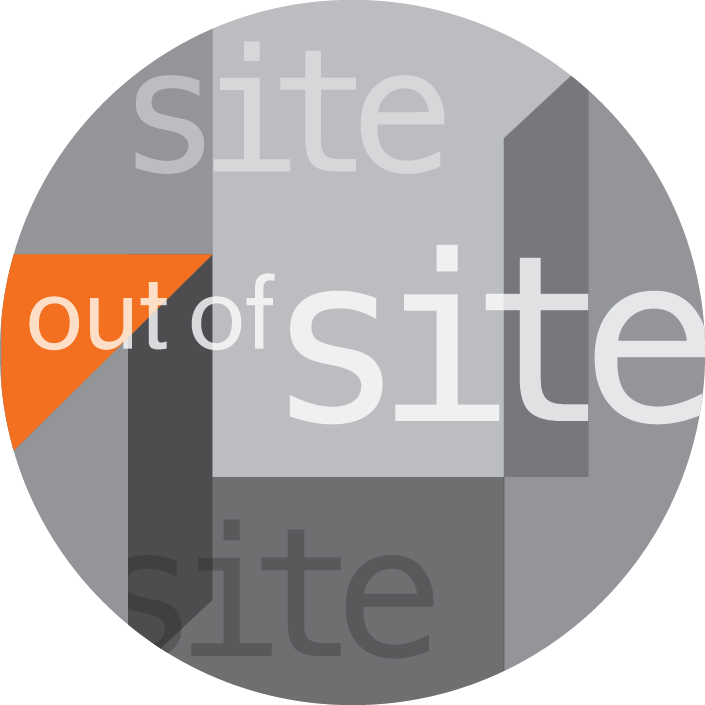
Flow embody • in site

Jennie Klein on Dimple B Shah
During the seventies, feminist artists turned to performance art in order to make ritualistic pieces that invoked a non-patriarchal religious spirituality. At the time, invoking a mother goddess to counteract 50,000 years of patriarchal rule seemed like a radical act. Just ten years later, invoking the mother goddess and using ritual was no longer viewed as being so radical. In fact, western feminist scholars and critics, many of whom were being appointed to positions within the academy, were somewhat embarrassed by cultural feminist art, which they saw as essentially flipping the patriarchal binary hierarchy of male/culture/language vs. women/nature/the body without questioning what it meant to embrace that binary, and why it was embraced in the first place. What had previously been radical was seen as hopelessly naive, simplistic, and guilty of cultural appropriation. Thus the critic Craig Owens, in his much cited two part article “The Discourse of Others,” published in The Anti-Aesthetic (edited by Hal Foster) in 1983, did not mention any artists who were working with images of the goddess, even though artist such as Marybeth Edelson and Betsy Damon were working in New York City, where Owens was based.

Elisa Shoenberger on lo bil
The power of public performance art is the unknown encounter. It’s watching performers interact with the outside world, whether it’s the physical landscape they inhabit or their relationship to people and other animals around them. Naturally, the level of improvisation varies per performer and performance. Some are contained pieces, requiring little audience input, but not fully isolated from the world. Other pieces and performers invite participants into the performance.

Elisa Shoenberger on Hector Canonge: Communicating in the Gaps
In this age of dizzyingly fast communications, we forget how mere decades ago mail was most people’s form of contact. People sent handwritten long letters or even postcards telling them about their adventures. People would have to wait days, sometimes weeks, even months for letters to arrive to learn how their loved ones were doing. There was no guarantee of a reply. This world seems ancient compared to our communications today where we can zip off an email, hop on a video call with someone across the city, the country, or the world.

Community Healing, Public Performance, and Art
Image of Negotiating Purity by Dimple B Shah, Out of Site, 2020
In Angelique Grandone’s discussion on the role of public performance on community healing for the Flow Symposium, the importance of time came up in the conversation with the participants. We discussed how time plays a role in public performance: time to process the trauma, time to develop connections within the community, time to perform.

